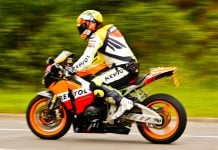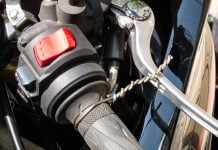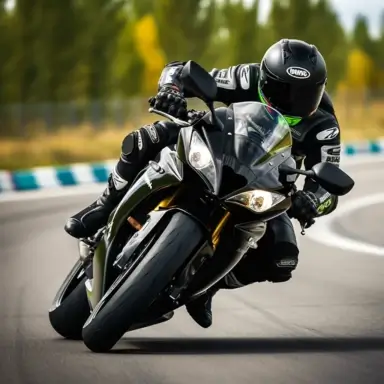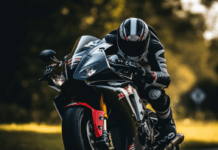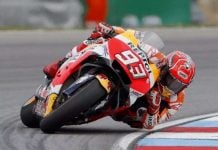Hey there, fellow riders! It’s no secret that the feeling of leaning into a sharp turn, the centrifugal force pushing you to one side as you negotiate the twisties, is a thrill like no other. A perfect mix of fear, excitement, and sheer joy. It’s a dance on two wheels, and today, we’re going to master the steps.
Lean angle and body positioning—these two elements play a pivotal role in your ride. Understand them, and you transform from a mere rider to a road warrior. This guide, born from years of experience, aims to equip you with the know-how you need to tame those twisties. Let’s dive in!
Understanding Motorcycle Lean Angle
First things first, what is lean angle? Simply put, it’s the angle at which your motorcycle leans into a curve or turn. Too little, and you’re going wide; too much, and well, let’s just say it’s not pretty. Finding the right lean angle for each turn can feel like a magic trick, but it’s science.
Physics dictates that a motorcycle must lean to change direction—this has everything to do with balancing gravitational and centrifugal forces. The sharper the turn, the more you need to lean. But, remember, every bike has its lean limit, so get to know your ride.
Body Positioning – The Rider’s Dance
Your body position during a ride is more than just about comfort—it can dictate your control, speed, and even safety. In essence, it’s the way you move your body in relation to your motorcycle, especially when cornering.
- Head and Eyes: Your head and eyes should always lead into the turn. As the old saying goes, “Look where you want to go, and you’ll go where you look.”
- Upper Body: Relax your upper body, keeping your arms slightly bent and flexible. This not only reduces fatigue but also allows for smooth steering input.
- Lower Body: Your lower body is your connection to the bike. Grip the tank with your knees—this gives you more control and stability.
- Foot Position: On the footpegs, keep the balls of your feet planted, ready to shift or brake. It also lets you use your legs to absorb shock from road bumps or changes in terrain.
The Art of Cornering
When it comes to cornering, your body positioning and lean angle should work in harmony. Here’s the three-step dance to cornering:
- Set up: As you approach the turn, slow down, and position your body towards the inside of the turn. Your inside knee should be out, pointing towards the corner.
- Lean and Turn: Look through the turn, press on the handlebars (Countersteering), and lean your bike into the turn. Your body should lean with the bike, keeping a neutral spine.
- Accelerate Out: Once you hit the apex of the turn, start to gradually roll on the throttle and bring the bike upright as you exit the turn.
Remember, these tips aren’t just for track days—they’re for every day. Every corner, every ride is an opportunity to refine your skills, and soon, every turn will become second nature, every twisty your playground.
In the dance of the twisties, knowledge is your rhythm, and practice is your partner. So, gear up, roll out, and let’s dance!


